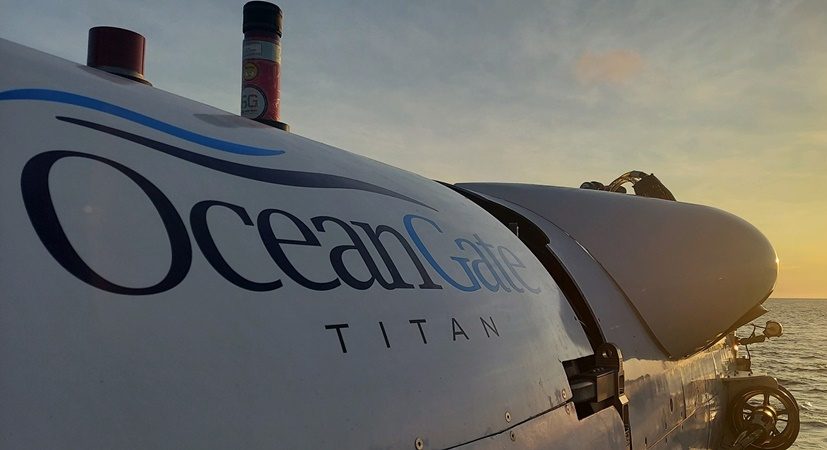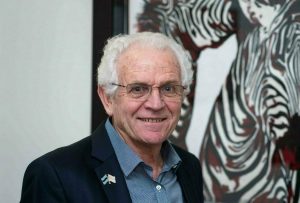Shortly after OceanGate, the company that the Titan-submarine operation that disappeared without a trace on Sunday, announced the death of all five passengers on board, more details about the incident have come to light.
An underwater robot came across the wreckage of the submarine on Thursday and authorities now say they have learned that the pieces are part of the submarine’s tail and the front and rear of the pressure hull.
OceanGate revealed later that day that all the passengers had perished, presumably after there was a “catastrophic explosion” of the vessel’s pressure hull.
Rear Admiral John Mauger said the Coast Guard could not be sure when or why the vessel exploded. He also did not comment on whether the deceased would be found.
“It’s an incredibly unforgiving environment down there on the seabed,” he said.
The process of removing personnel and vessels from the scene will soon begin, while unmanned robots continue operations on the seabed.
“We will collect as much information as we can.”
The Wall Street Journal reported that the US military most likely noticed the explosion on Sunday with the help of an underwater sound monitoring device.
“The US Navy conducted an analysis of acoustic data and detected an anomaly consistent with an implosion or explosion in the general vicinity of where the Titan-submarine was when communication was lost,” a senior naval officer, who preferred to remain anonymous, told the Wall Street Journal said.
Earlier this week, Coast Guard crews searching for the submarine said they heard underwater noises. By Tuesday and Wednesday, the search had focused on the areas where these sounds were heard.
However, Mauger says the sounds were ultimately unrelated to the area where the submarine’s wreckage was found.

The 6.5 meter long Titan went down around 8am on Sunday morning and would resurface seven hours later. Less than two hours after the Titan dived, however, all communication was cut off.
British billionaire Hamish Harding and Pakistani-British citizens Shahzada Dawood, a tycoon, and his son Suleman were among the passengers on board who went to the wreckage of the Titanic would have gone to see.
OceanGate CEO Stockton Rush and a French submarine operator Paul Henri-Nargeolet, also known as “Mr. Titanic” for its frequent dives at the wreck, were also part of the passengers.
David Mearns, a marine scientist and oceanographer who specializes in deep-sea search and recovery operations, earlier said the wreckage showed the submarine broke apart quickly.
“The only mercy of it is that it would have been instantaneous, literally in nanoseconds, and the men would have had no idea what was happening.”
Mearns was friends with two of the men on board.
In a statement, Harding’s family paid tribute to the aviation magnate, saying he was a “passionate explorer” as well as a “loving husband and devoted father to his two sons”.
“What he achieved in his lifetime was truly remarkable and if we can take any small consolation from this tragedy, it is that we lost him doing what he loved,” the family said.
The Dawoods’ loved ones also expressed their “immense sadness” over their loss in a short statement.
The British and Pakistani governments also expressed their condolences to all the men’s families.








